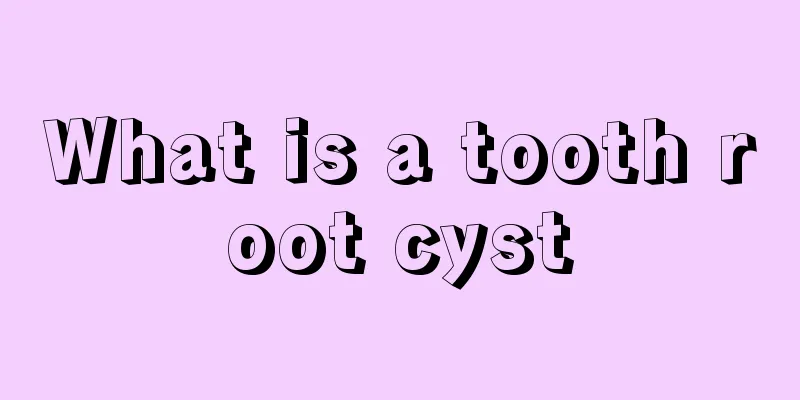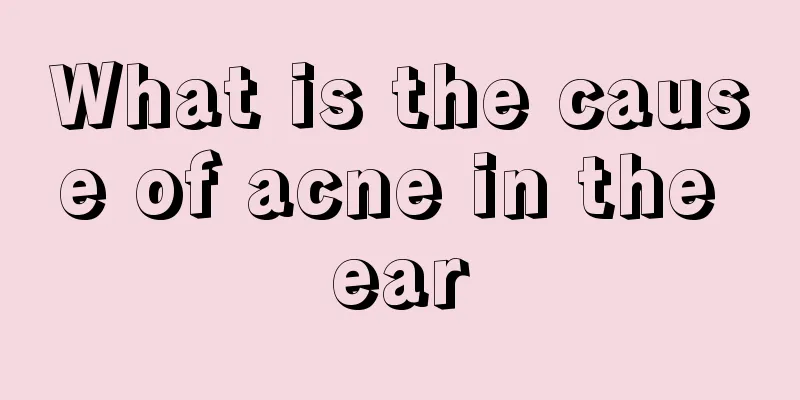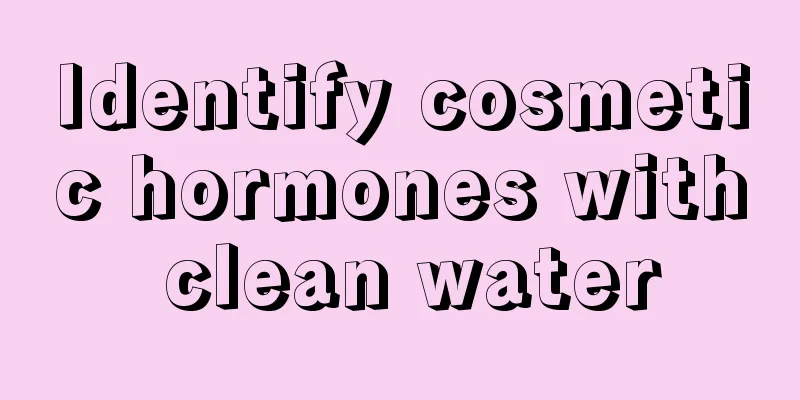What is a tooth root cyst

|
Cyst can be said to be a growth, and it is also a disease problem that troubles many people. Cysts can occur in many parts of the body, so it is important to be proactive in treating them. Dental root cyst is also a common type of cyst. It is relatively common in clinical practice, but many people do not understand it, so it is easy to make misunderstandings during treatment, and may even confuse dental root cyst with other oral diseases. The problem of root cyst is relatively serious. It will have a great impact on people's body and may even cause obvious pain symptoms. Therefore, root cyst must be treated early. 1. Causes It is caused by tooth root infection and pulp necrosis, which leads to the formation of granuloma or abscess at the root apex. Later, epithelial cells grow into it as lining to form the cyst inner membrane, and the root apex of the diseased tooth protrudes into the cyst cavity. The cyst wall is composed of connective tissue and the epithelium is squamous epithelium. The cyst fluid is yellow serous or mucous and contains cholesterol crystals. If the cyst becomes infected, it will become fibrotic. The tooth root is infected, the pulp is necrotic, and a granuloma or abscess cavity is formed at the root apex. Later, the epithelium grows into the lining of the abscess cavity, and the root apex of the diseased tooth protrudes into the cavity or is isolated from the cavity. It contains yellow serous or mucous fluid with cholesterol crystals. When the cyst enlarges, the cheek may bulge. X-rays or CT scans show a small round cyst shadow at the root apex of the diseased tooth with absorption around it. 2. Symptoms There are no symptoms in the early stages of tooth root cysts. If it continues to grow, the bone will gradually expand around it, causing facial deformity. Corresponding local symptoms may appear in different parts of the body, such as bulges in the cheeks, oral vestibule, hard palate and alveolar process. Due to the effect of tension, the eyeballs may shift upward and outward, or expand into the nasal cavity, causing nasal congestion. 3. Treatment If it is a cyst at the apical end of a tooth, root canal treatment is required. Generally, surgery is required if the cyst does not disappear. If it is an incisor, the operation will be easier. Cut the gums, chisel off the alveolar bone, remove the root apex tissue, use a spoon to remove the cyst wall tissue, rinse with saline, and finally suture the gums. Root canal therapy is to treat the lesions inside the root canal of the tooth. Lesions outside the root canal, such as apical cysts, cannot be cured by root canal therapy. |
<<: What are the steps for branchial cleft cyst removal
>>: What is mononucleosis? You need to know these
Recommend
Dietary measures for bladder cancer
Bladder cancer is a relatively common disease. Th...
Bladder cancer may also cause symptoms such as frequent urination and urgency in the early stages
Bladder cancer may also cause frequent urination ...
How to apply nail polish so that it won’t fall off easily? Here are some tips
Although nail polish can make our hands look bett...
What are the criteria for checking prostate cancer
The occurrence of prostate cancer is mainly relat...
Can fibroids be cured?
Can fibroids be cured? Once you have fibroids, it...
Is the whitening of oral mucosa serious?
There are many reasons for the whitening of the o...
What happens if a tumor ruptures
Tumor is a common physical disease in people'...
Do I need to wash monk fruit?
Monk fruit is often used in people's daily li...
What are the fruits that are good for the stomach?
We need to pay more attention to the maintenance ...
Indications and contraindications for radiotherapy of gastric cancer
Radiotherapy is one of the main means of treating...
What are the methods for examining glioma
Each doctor has his or her own basis for diagnosi...
Symptoms of scalp eczema, how to prevent scalp eczema
Head eczema is common in children. The main manif...
How to treat posterior nasal bleeding from nasopharyngeal carcinoma and what are the nursing methods?
After suffering from nasopharyngeal cancer, the n...
How to remove glue from cups?
Whether in industry or in family life, people nee...
Symptoms of lateral recess stenosis
In fact, there are many cases in clinical practic...









